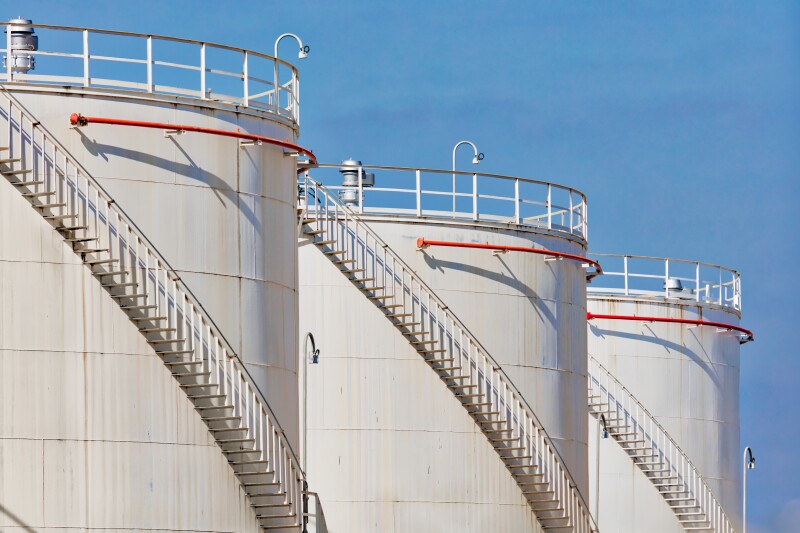The International Energy Agency (IEA) announced today that it will release 60 million bbl from the alliance’s emergency reserves in response to the Russian invasion of Ukraine. The move was described by the IEA as an “initial” response, suggesting further releases are on the table.
The 31-member group made the decision during an extraordinary meeting called to help shore up supply as questions loom over Russian’s ability to market its crude.
It marks only the fourth time that such a coordinated release has happened since the IEA was founded almost 40 years ago.
“During today’s meeting, ministers expressed solidarity with the people of Ukraine and their democratically elected government in the face of Russia’s appalling and unprovoked violation of Ukraine’s sovereignty and territorial integrity,” the IEA said in a statement.
The IEA said the 60 million bbl represents about 4% of the more than 1.5 billion bbl held in storage by members. The US will provide the market with 30 million bbl from its strategic petroleum reserve.
Markets responded immediately to the IEA development, but maybe not in the way it would have liked. In the hours following the decision, West Texas Intermediate futures soared by more than $10 to above $105/bbl—representing the highest prices for US oil in 7 years. Brent crude saw a similar increase of $8 and hit $106/bbl during intraday trading.
While Russian oil exports have yet to face major sanctions directly, the country's benchmark Ural crude blend has become “one of the most toxic barrels” to own, according to Louise Dickson, a senior oil market analyst at Rystad Energy.
“Proposed sanctions that would either blacklist Russian oil supplies or blacklist the financial tools to purchase Russian crude is already hitting Urals crude pricing formation as European refineries attempt to reshuffle Urals purchases for other comparable medium sour grades, especially those hailing from the Middle East and OPEC core members Saudi Arabia and Iraq,” Dickson said.
She added that the most likely destination for Russian crude will be Asian refineries where it will be acquired with a “strong discount.”
Sign up for the JPT Weekly Newsletter to stay updated on the latest in the E&P industry.


